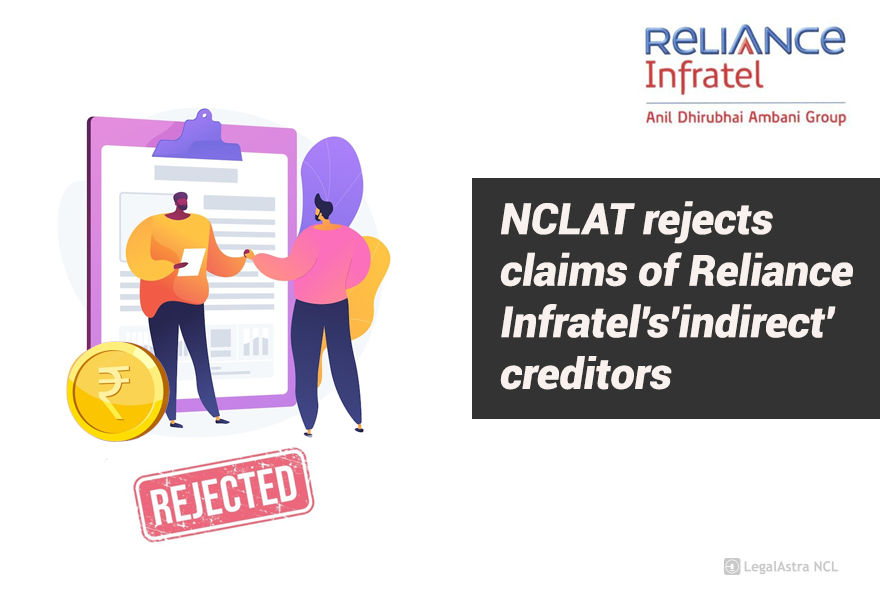The National Company Law Appellate Tribunal (NCLAT) ruled in favour of Doha Bank on September 9. The Qatar-based bank had pleaded that the resolution professional (RP) should not admit claims from the Exim Bank of China, Assets Care and Reconstruction Enterprises (ACRE), Shubh Holdings and China Development Bank. The four entities are likely to challenge this order at the Supreme Court.
The National Company Law Tribunal (NCLT) had endorsed a resolution plan submitted by Reliance Industries (RIL) in December 2020, and in a separate order allowed the RP to admit financial claims of these four entities. RIL had offered ₹4,235 crore to lenders, including ₹3,720 crore as an upfront payment.


Track your NCLT / NCLAT cases or orders in your apple iOS / Google Android smartphones. Available for free trial period of 15 days.
However, NCLAT in its order directed the NCLT to take “all consequential action on derecognising these four entities as financial creditors”.
Doha Bank contended before the NCLAT that the four entities were indirect creditors since they had not provided any loan to Reliance Infratel but had filed claims on the basis of Reliance Infratel hypothecating its assets in their favour to secure loans for Reliance Communications.
NCLAT in its order stated that for the RP to consider the “Deed of Hypothecation (DOH) as a ‘Deed of Guarantee’ is a misconception of the obligations”.
Deloitte-backed RP Anish Nanavaty had earlier admitted ₹41,055 crore claims from 35 financial creditors, including a ₹10,952 crore of the four ‘indirect creditors’. In effect, 27% of the verified creditors would be derecognised by the NCLAT order, thus changing the composition of the committee of creditors and voting rights.
The appellate tribunal noted that a ‘Deed of Guarantee’ is a binding legal document under which one party agrees to guarantee that certain obligations of another party will be met.
However, it added that the ‘Deed of Hypothecation’ discharges the liabilities of other borrowers upon their default and is limited to the realisation value of those hypothecated assets.
